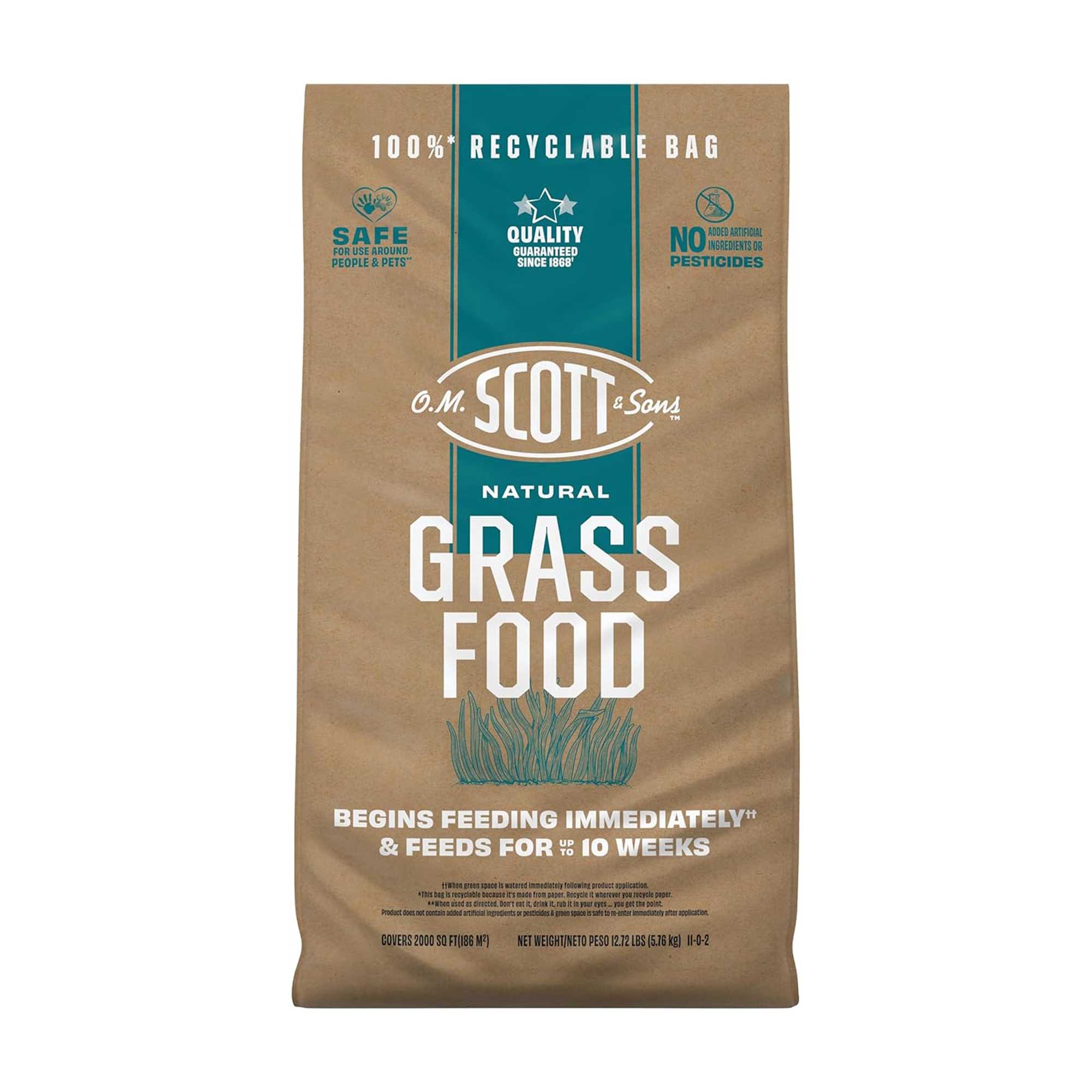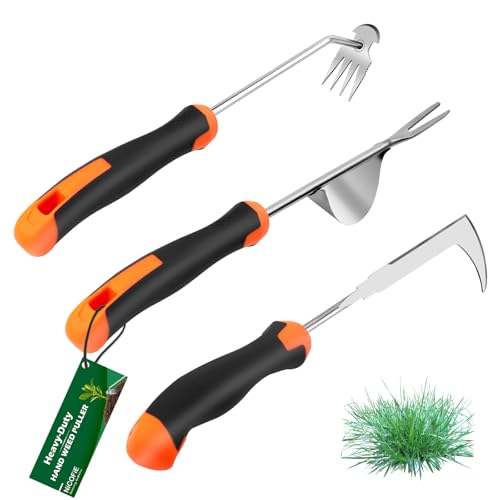How to stop your neighbor’s weeds from invading your yard and lawn – expert tips for a weed-free garden this year
Is next door's overgrown garden getting you down? Here's how to protect your property from pesky interlopers
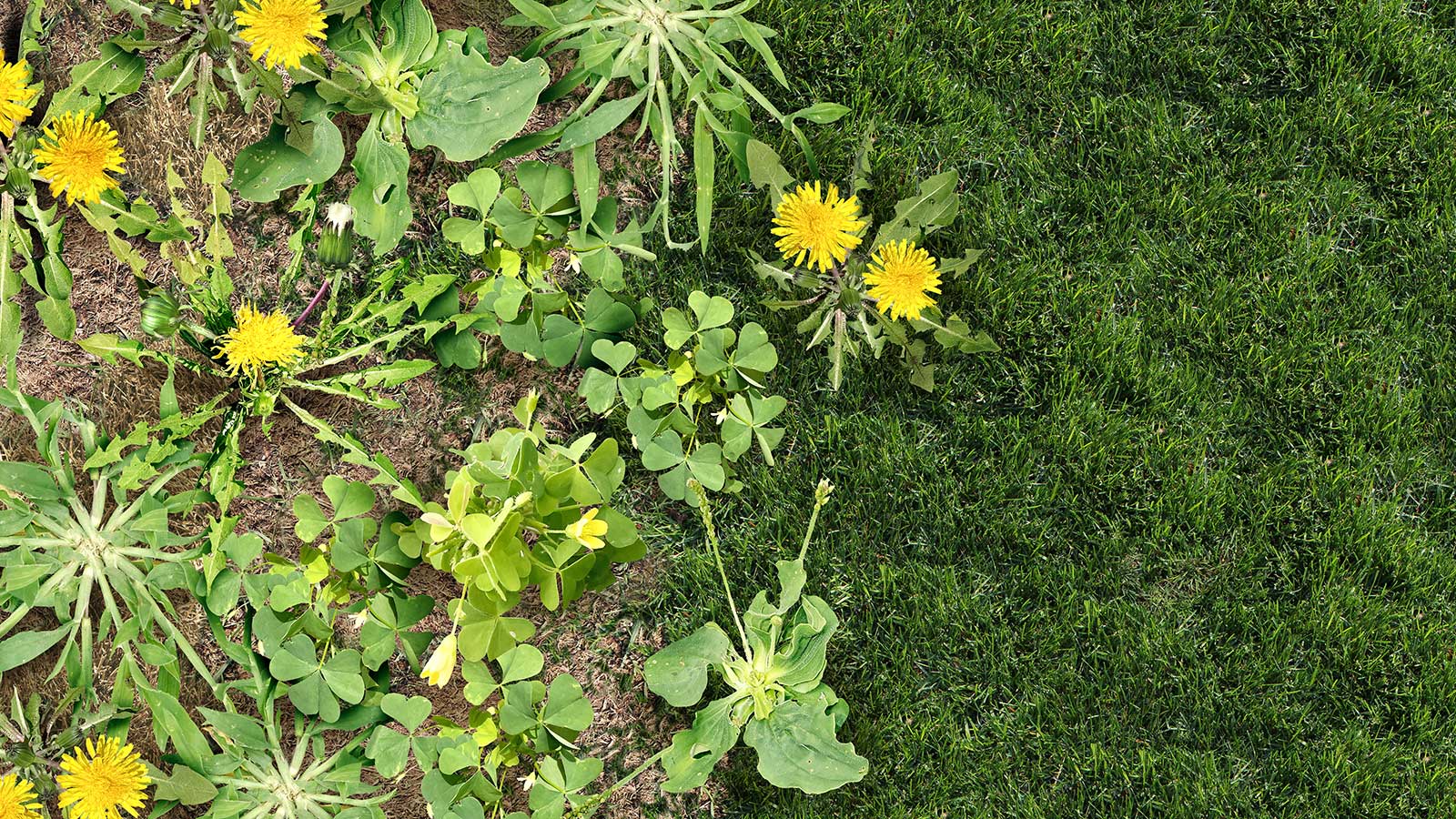

Maintaining a pristine, weed-free yard takes time and effort, so if your neighbors have a more lax approach, it can feel frustrating, to say the least. The problem with weeds is that they can easily spread, whether that's by seed or by root, so there's a risk they will cross onto your property and undo all your hard work.
The truth is, some people don't have the capacity for diligent outdoor maintenance, or simply prefer a more 'rewilded' look (which can have its merits for helping wildlife). That doesn't mean you have to follow suit if it's not your style, as there are a few ways to protect your plot from encroaching common weeds.
Below, you'll find top tips from industry professionals on how to prevent these pesky interlopers. You don't need commercial herbicides; from creating barriers and buffers to focusing on lawn health, there are lots of more natural options to try.
1. Create a divide with garden edging
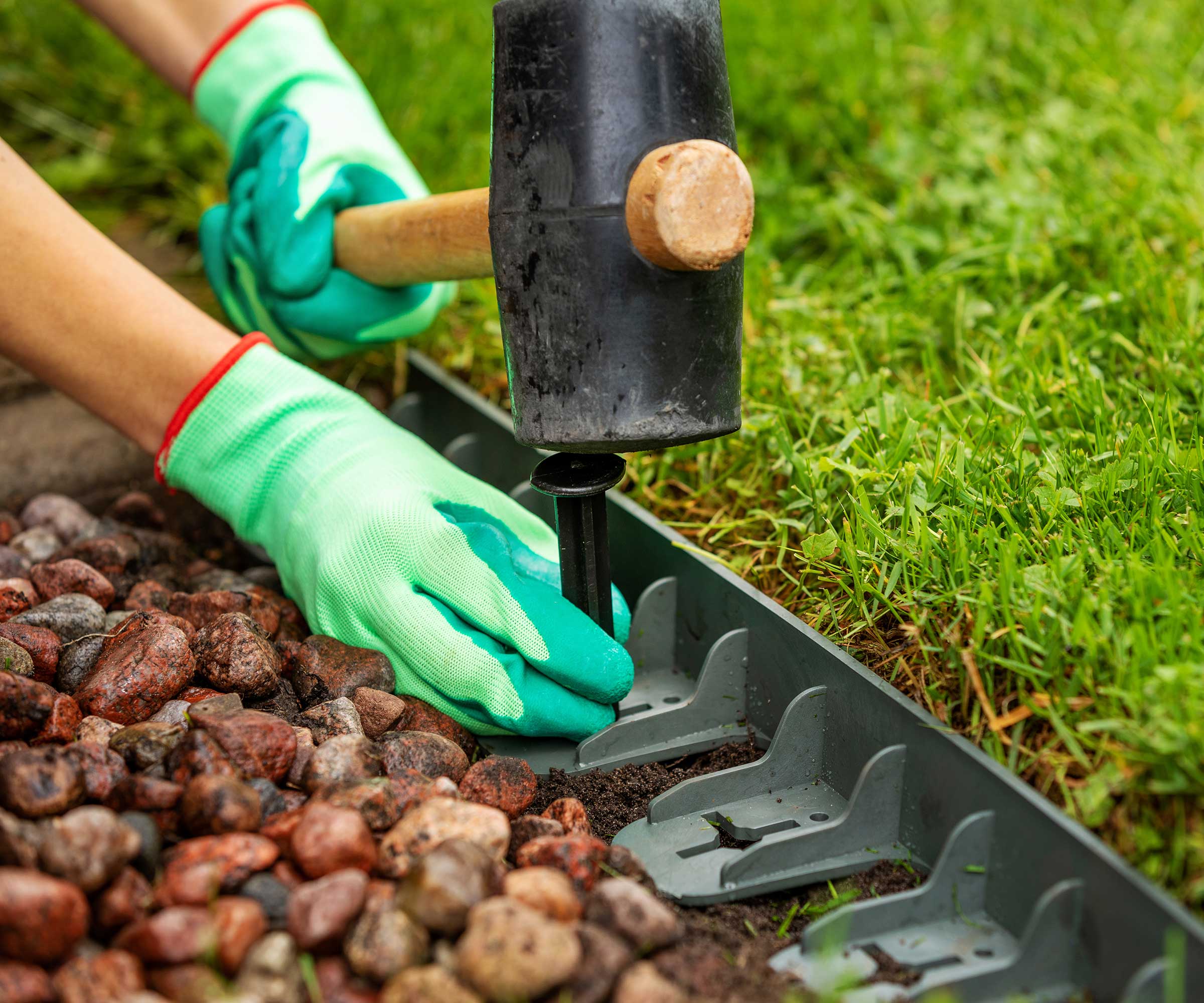
Edging can act as a physical boundary to block spreading roots
If you haven't already, now's a good time to install a physical boundary between your and your neighbor's yard to keep invasive weeds at bay.
'Deep edging that extends 4-6 inches below the soil surface can block roots from creeping across boundaries,' says Ivana Agustina, head of project management at landscape design service ShrubHub.
'Materials like metal, vinyl, or concrete provide excellent separation without looking unfriendly.'
Matthew Koch, a lawn expert from ScottsMiracle-Gro, also recommends this approach, noting how it's especially useful for stopping stolons from weeds such as creeping Charlie.
Design expertise in your inbox – from inspiring decorating ideas and beautiful celebrity homes to practical gardening advice and shopping round-ups.

Ivana Agustina is a seasoned gardening expert and the head of project management at ShrubHub, a pioneering online landscaping marketplace. With a deep-rooted passion for sustainable garden design and a commitment to customer-centric innovation, Ivana plays a pivotal role in orchestrating ShrubHub’s diverse landscaping projects. Her leadership ensures that clients across various regions receive tailored, high-quality designs that align with their unique environmental conditions and aesthetic preferences.

Born and raised in New Jersey, Dr. Matthew Koch joined Scotts Miracle-Gro in 2012 after finishing his PhD work in plant genetics and breeding at Rutgers University. He began as a scientist in the Biotechnology program and has held a number of leadership roles since. He is currently the director of biotechnology and genetics, where he oversees the R&D activities of these teams. When not helping develop the next generation of plant genetics and consumer lawn products, Matt loves the outdoors (especially his home lawn), traveling, and considers himself a BBQ foodie at heart.
2. Use plants to block weeds
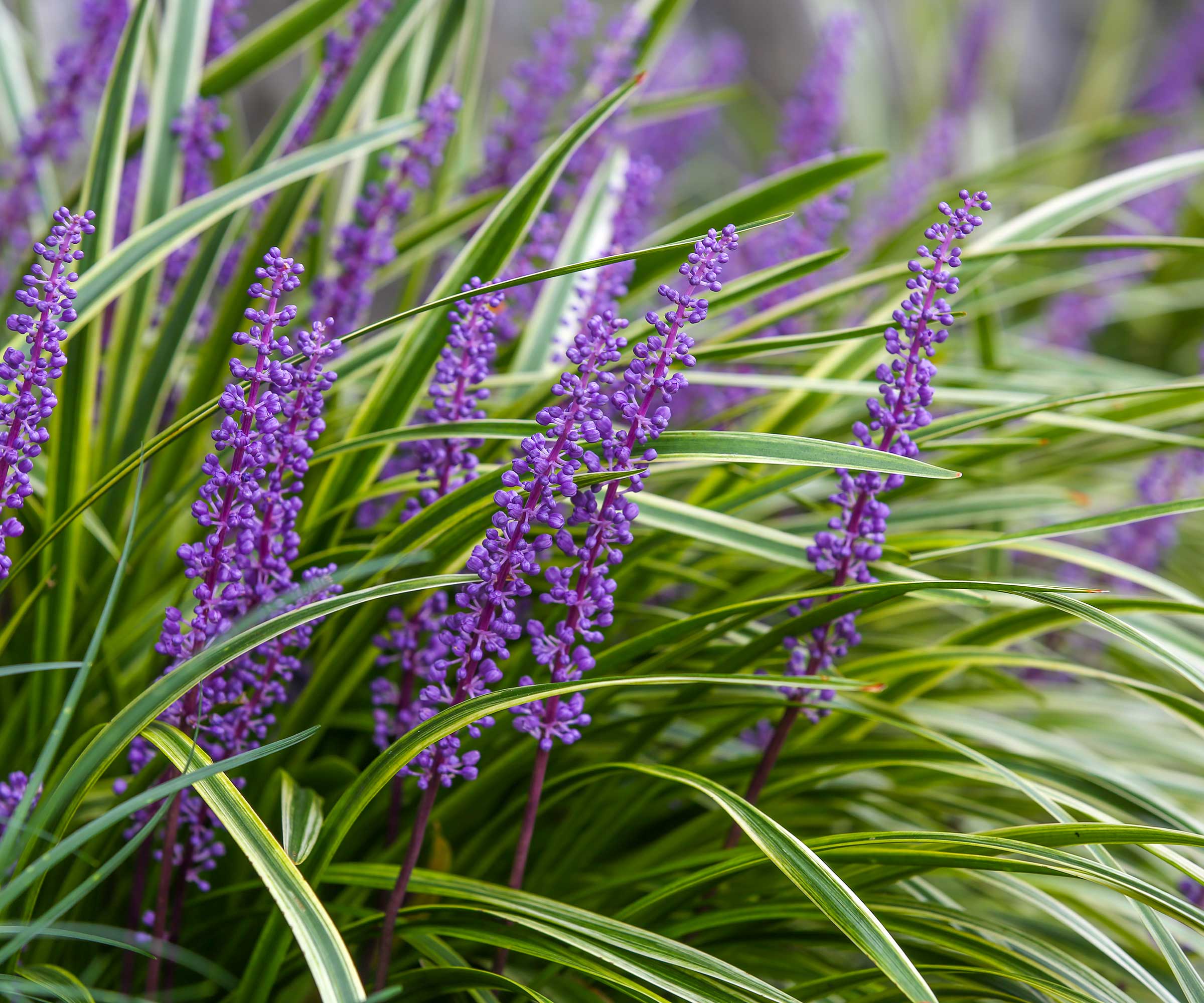
Create a beautiful, blooming barrier
You could also add plants to your property's boundaries. Not only will this help to prevent weeds, but it can enhance your yard's aesthetics, too, and is often beneficial for pollinators and other wildlife. Taller plants also have the bonus of providing more privacy.
Ivana suggests choosing fast-growing, thick ground covers or ornamental grasses. 'Plants like liriope, pachysandra, or even dense shrubs create competition that most weeds simply can't overcome.'
Mulching around your new plants will help maintain moisture in the soil to keep them healthy, and is another preventative measure against weeds taking hold. As Ivana explains, it blocks the light that weed seeds need to germinate.
3. Keep your lawn in top health
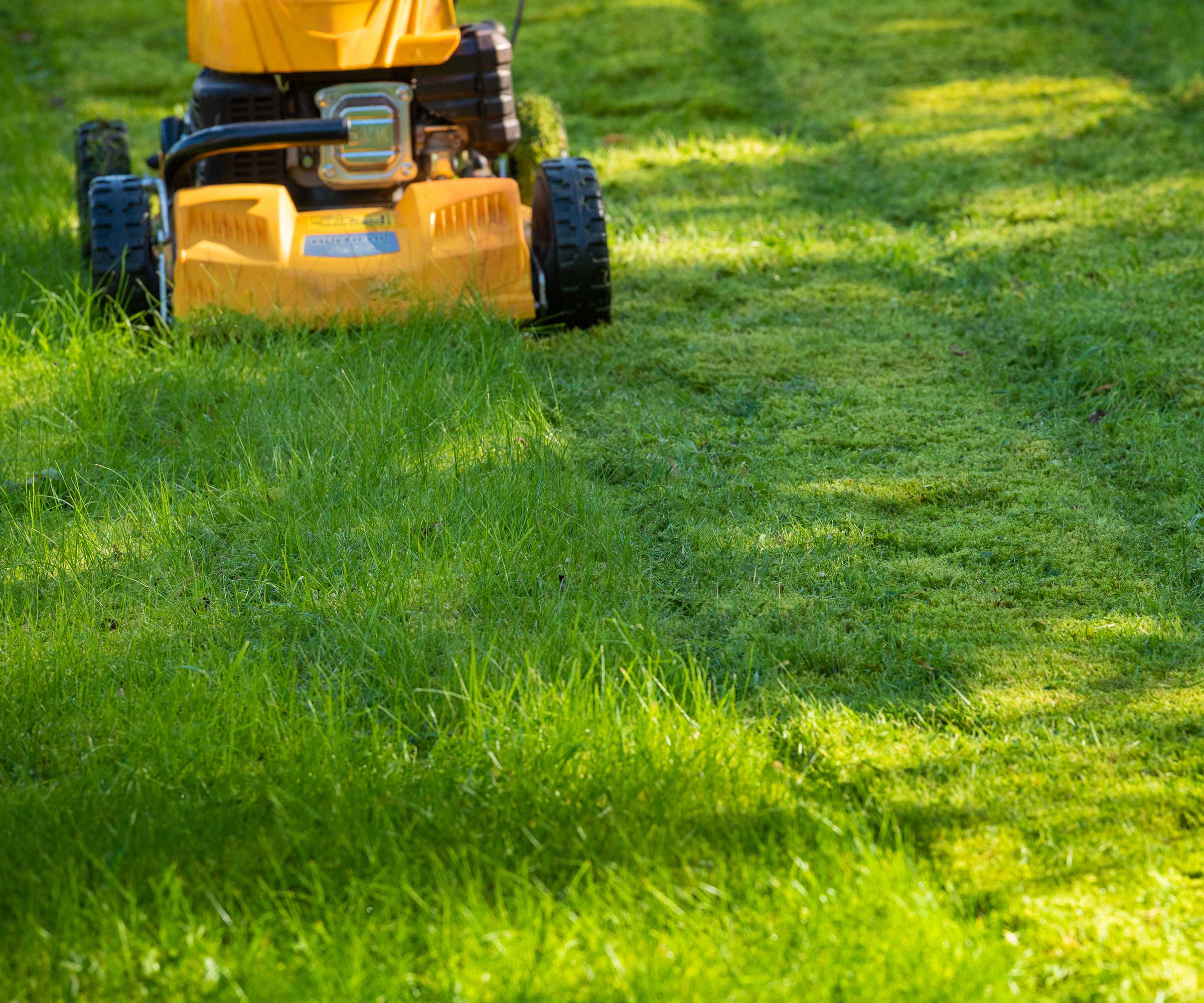
Thick, strong lawns are less susceptible to weed invasion
It's important to keep on top of your lawn care tasks. 'A dense, vigorous lawn is your best natural defense against weed invasion,' says Matthew.
'Healthy grass crowds out weeds by limiting their access to sunlight, space, and nutrients.'
Ivana agrees: 'Focus on proper watering, regular fertilization, and keeping grass at the right height – around three inches for most varieties.'
Be sure to repair any bare or thinning patches of your lawn, too, as Matthew warns that this is where weeds thrive.
'Filling those gaps with new grass helps block weed seeds from taking root.' Early fall or spring is ideal for overseeding, he adds, as this gives new grass time to establish and crowd out weeds before they gain a foothold.
Already spotted some weeds sprouting in your lawn? Our guide on how to get rid of lawn weeds without killing the grass will help you tackle them.
4. Maintain weed control
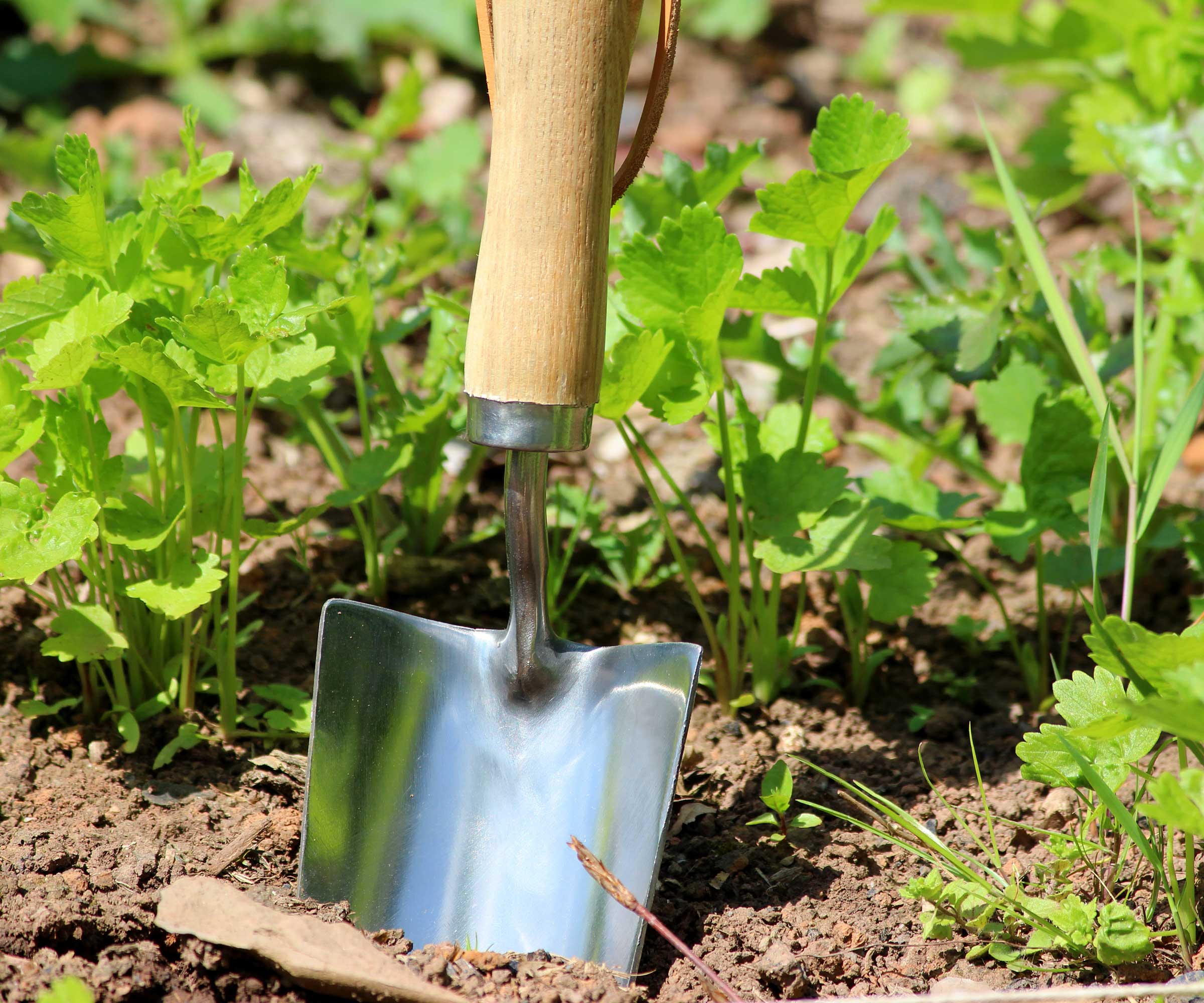
Monitor boundary lines often and take action where needed
Ivana highlights how weed control isn't a 'one-and-done solution' – it's ongoing maintenance.
'The good news is that consistent effort pays off. Just 15 minutes of boundary maintenance each week during the growing season can keep your lawn looking pristine all year round, regardless of what's happening next door.'
'Beyond healthy turf and physical borders, natural weed-control practices can help round out your strategy,' says Matthew.
He notes how corn gluten meal can be used as an organic pre-emergent, though timing is essential for effectiveness.
'Regularly hand-pulling weeds at the edges and maintaining sharp lawn borders also helps control the spread of runners and roots.'
5. Have a chat with your neighbor
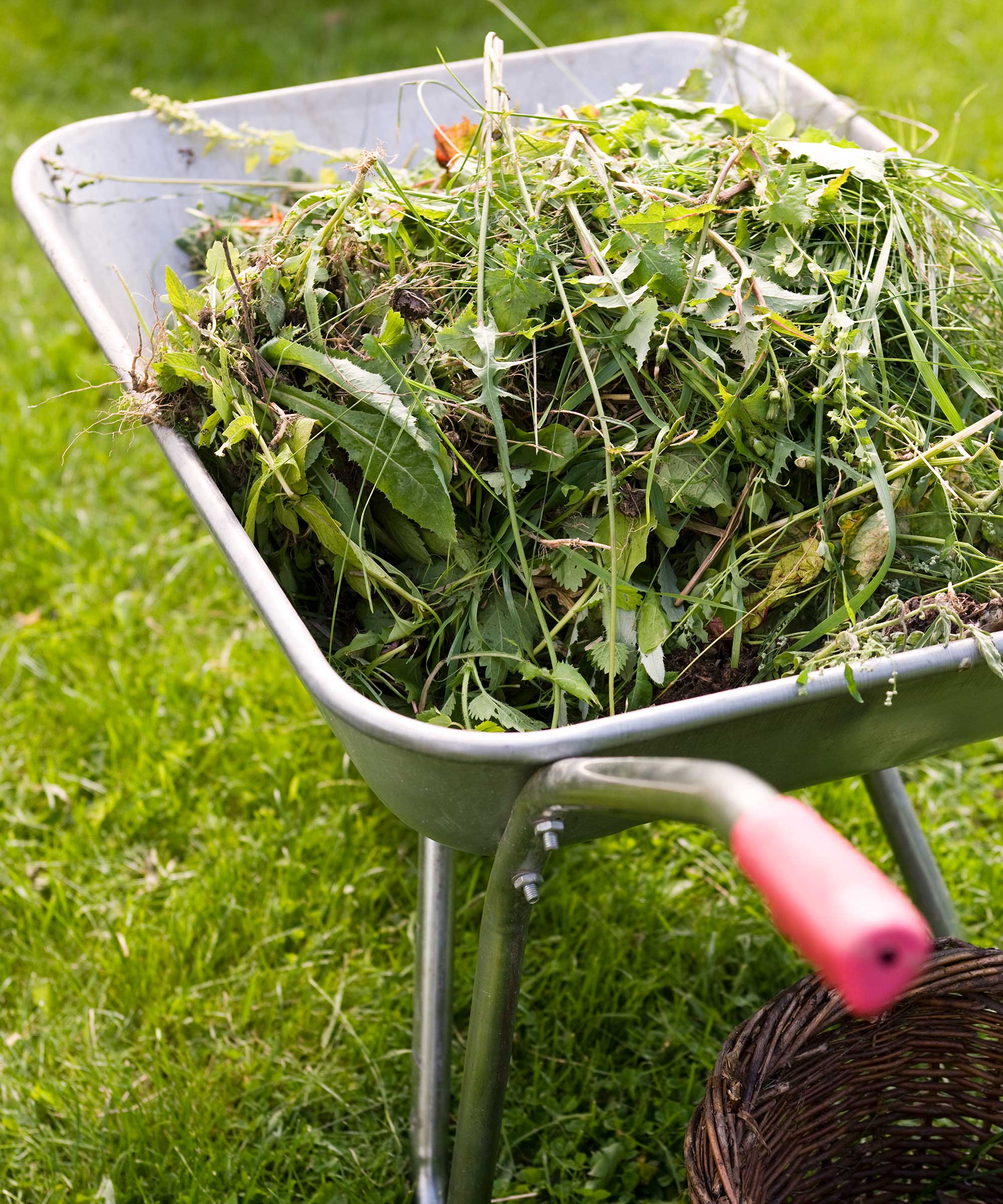
A friendly conversation can help resolve the issue
Whether it's weeds, fruit overhanging your yard, or a problematic neighboring tree you're dealing with, a simple conversation can go a long way.
'Homeowners may not realize their weeds are causing problems,' says Ivana. 'A friendly conversation suggesting shared lawn care schedules or offering to help with solutions can resolve issues without creating tension.'
You could even consider asking to split the cost of professional weed control for both of your yards. 'The investment will be worth it when both yards look better and require less maintenance,' Ivana points out.
FAQs
When is the best time to address weeds encroaching from a neighbor's yard?
If you've already spotted weeds overrunning your neighbor's yard, it's better to take action sooner rather than later – especially if the weeds haven't yet formed seeds.
'The biggest mistake I see homeowners make is waiting until weeds have already crossed property lines before taking action,' says Ivana. 'By that point, you're fighting an uphill battle.
'Small habits, like regularly inspecting your property lines and addressing issues immediately, can save you from major headaches later,' she adds.
Can you use chemical herbicides to prevent your neighbor's weeds from invading your yard?
'Pre-emergent herbicides create an invisible barrier that prevents weed seeds from germinating,' says Ivana. She says you can apply a strip along your property line in early spring and again in fall for year-round protection.
However, note that chemical herbicides are often unsuitable for eco-friendly gardens, can be harmful to people, pets, and insects, and should always be applied by closely following instructions on the label.
For these reasons, it's best to stick to natural methods where possible. If you do decide to use them, don't spray any part of your neighbor's property, and be very careful to prevent the spray from drifting over to their yard in the wind.
If you're looking for more advice on tackling weeds, our guides on composting weeds and weeding a garden quickly are definitely worth a read.
Along with the above tips, you'll hopefully find it easier to maintain order in your yard despite next door's weedy plot.
But, if it all feels like a wasted effort, maybe it's time to consider rethinking weeds a little. Some, such as flowering weeds for pollinators, do have their benefits after all.

Holly started writing about gardening five years ago, and she is a regular contributor to Homes & Gardens. She has also written many gardening features for Woman & Home and Real Homes, too. She has previous experience as a professional gardener, where she helped to plant and maintain private gardens. Holly has also looked after allotment plots over the years and loves to grow her own flowers and veggies from seed. In her spare time, she enjoys visiting local gardens, botanical drawing, and tending to her ever-growing collection of houseplants.
You must confirm your public display name before commenting
Please logout and then login again, you will then be prompted to enter your display name.
